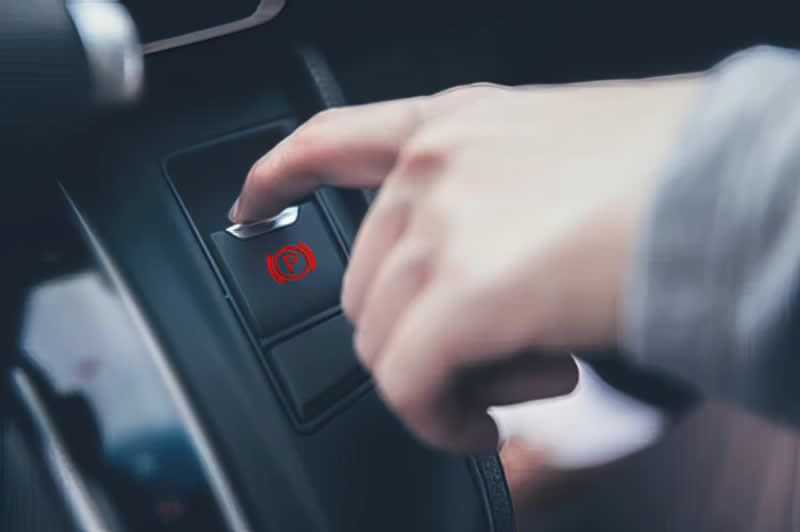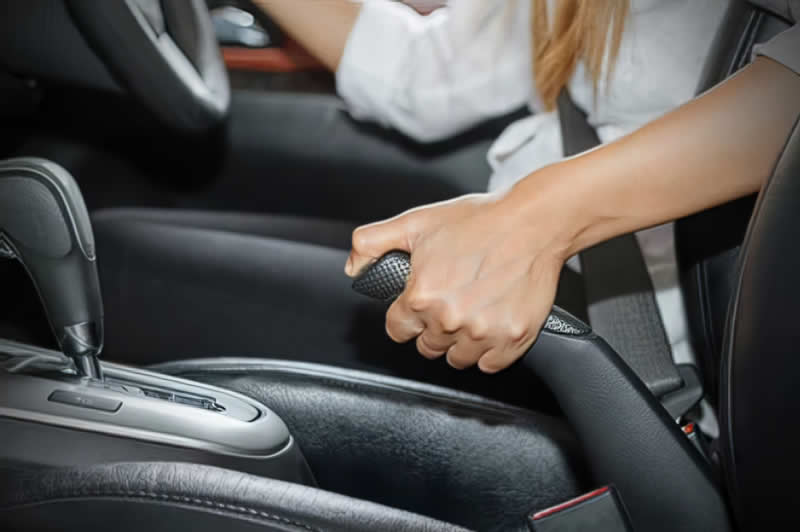During the practical driving test, there are no rules that dictate when you should or should not use the parking brake. Some test candidates are under the impression that you should use it often, almost each time you stop to secure the car. This is simply unnecessary and the parking brake should only be used when appropriate.
Moving off at a T-junction is far easier in an automatic car compared to a manual. There’s no clutch control to worry about, which means you can move off quickly without the fear of stalling. Another feature that’s highly beneficial for drivers of automatic cars is the creep function.
The creep function of an automatic car does what the name suggests, allows the car to creep forward (or backwards if reverse is selected) at a slow speed. You simply use the brake pedal to slow down or stop. This function is ideal for when you need to ‘peep and creep‘ and closed or blind junctions, but it also serves another purpose.
You’ll come across some T-junctions that are on an uphill slope. Provided that the slope isn’t too steep, when you remove your foot from the brake pedal over to the accelerator to move off, the creep function helps to prevent the car from rolling backwards – which can easily become a test fail. So the question is, do you need to use the parking brake at T-junctions at all?


On steeper slopes yes, you’ll need to apply the handbrake or electronic parking brake, just in case the car rolls back. You can then rest your foot on the accelerator pedal and when you’re ready to move off, press the accelerator pedal and release the parking brake / handbrake at the same time.
However, if your car has the ‘Auto Hold’ feature, when you come to a standstill, your brakes will remain on, keeping the vehicle stationary until you press the accelerator pedal. Auto hold can be used during the test and it means you do not have to worry about rolling backwards. During the practical driving test, examiners take candidates over varied driving test routes. These routes include different junction types and included in those will be T-junction that are on an incline.